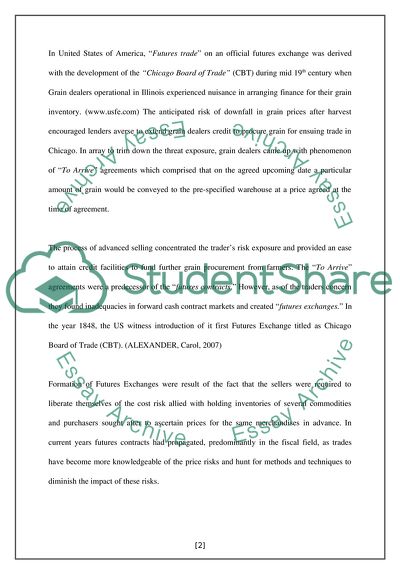Cite this document
(Utilization of the US Future Markets as a Risk Management Techniques Research Paper, n.d.)
Utilization of the US Future Markets as a Risk Management Techniques Research Paper. Retrieved from https://studentshare.org/finance-accounting/1720462-discuss-the-use-of-the-us-futures-markets-as-a-risk-management-technique-companies-could-use-to-reduce-their-risk
Utilization of the US Future Markets as a Risk Management Techniques Research Paper. Retrieved from https://studentshare.org/finance-accounting/1720462-discuss-the-use-of-the-us-futures-markets-as-a-risk-management-technique-companies-could-use-to-reduce-their-risk
(Utilization of the US Future Markets As a Risk Management Techniques Research Paper)
Utilization of the US Future Markets As a Risk Management Techniques Research Paper. https://studentshare.org/finance-accounting/1720462-discuss-the-use-of-the-us-futures-markets-as-a-risk-management-technique-companies-could-use-to-reduce-their-risk.
Utilization of the US Future Markets As a Risk Management Techniques Research Paper. https://studentshare.org/finance-accounting/1720462-discuss-the-use-of-the-us-futures-markets-as-a-risk-management-technique-companies-could-use-to-reduce-their-risk.
“Utilization of the US Future Markets As a Risk Management Techniques Research Paper”, n.d. https://studentshare.org/finance-accounting/1720462-discuss-the-use-of-the-us-futures-markets-as-a-risk-management-technique-companies-could-use-to-reduce-their-risk.


